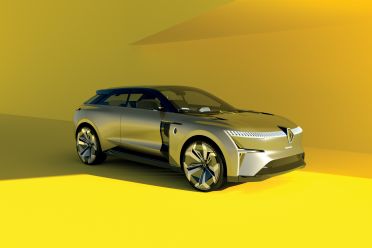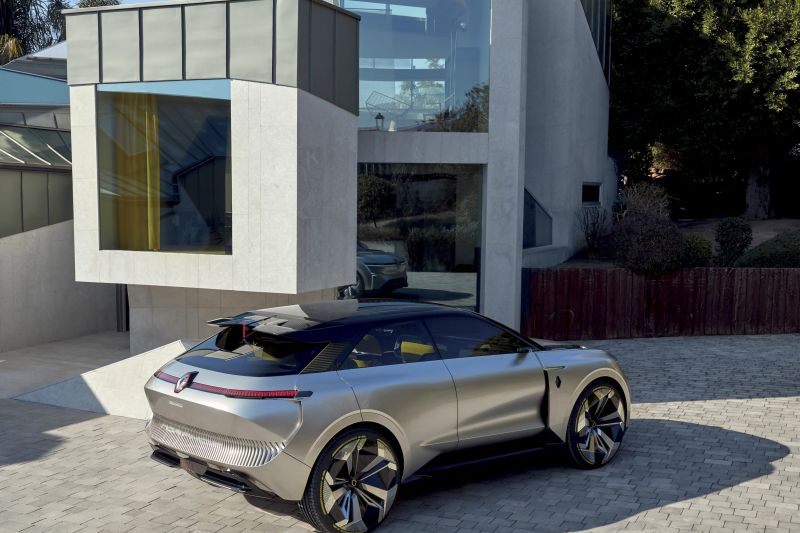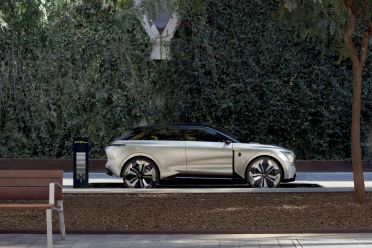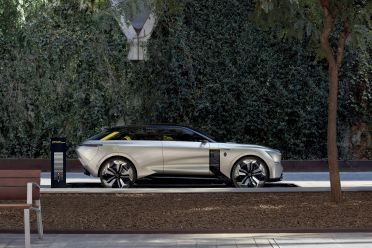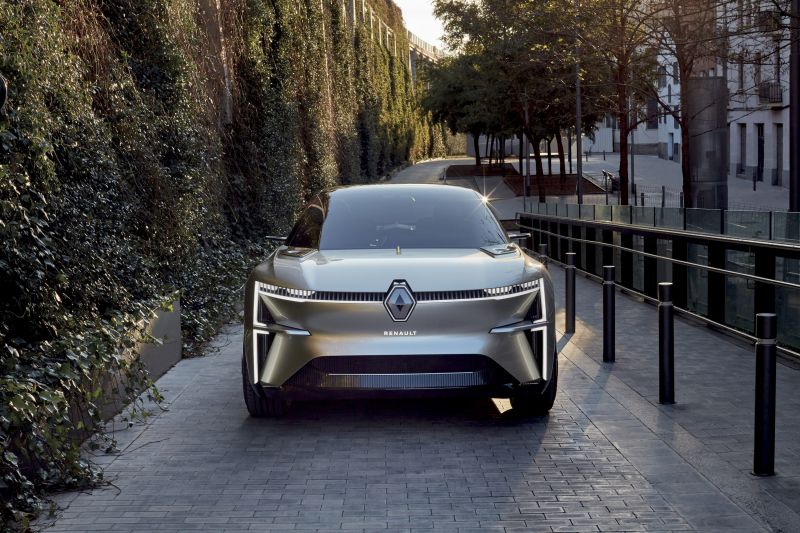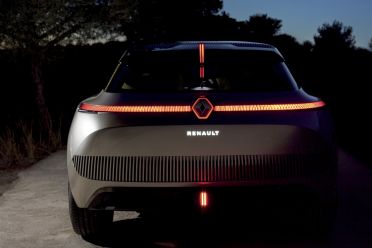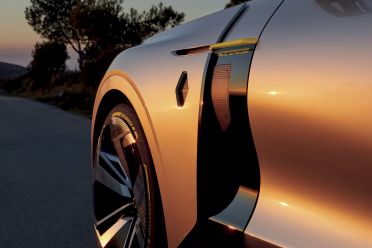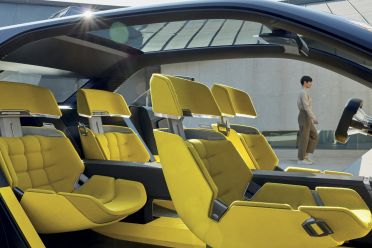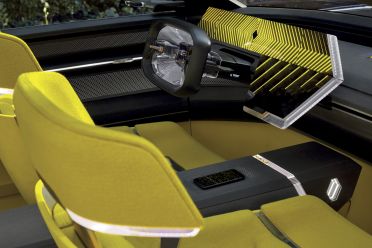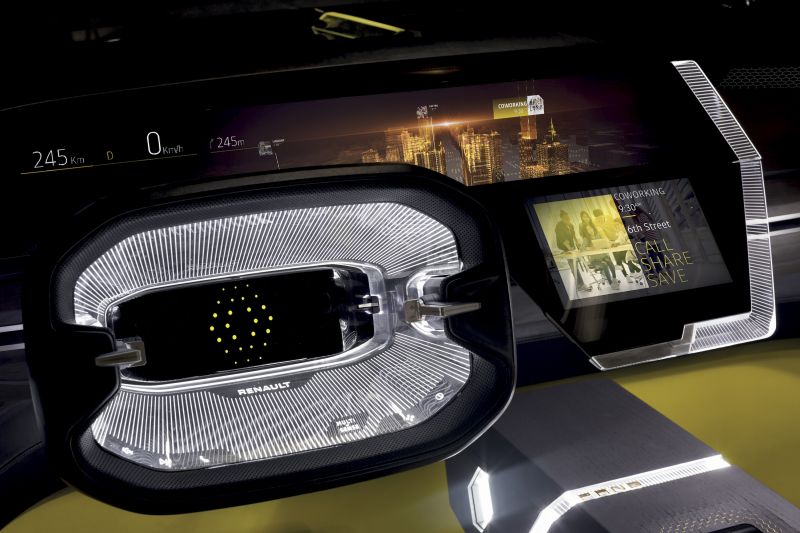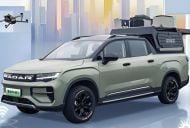Renault is preparing to launch a new family of second-generation electric vehicles (EV) starting next year, based on a dedicated platform made with Alliance partner Nissan.
Predictably enough, the first will be a compact SUV. And for a clear indication of how it (and the additional models to follow) will look, look no further than the wild Morphoz concept revealed in March.
“Renault Morphoz concept is a crossover with tight yet sensual lines, and a design that blends the attributes of a sedan, an SUV and a coupe,” the company reckons.
We expect this first Renault EV to premiere at the end of this year and be a kind of mechanical twin to Nissan’s imminent Ariya. Both will tackle the Tesla Model Y, Volkswagen ID.4, and Ford Mustang Mach-E.
We video-chatted this week with Renault Design’s concept car director (what a dream job!) Francois Leboine, who said “this concept contains many things that you will see from Renault, one part of this was to announce not only a car that will come into production, but also a family of cars…
“There are many technical features that you will find in production cars, I can’t describe in detail but you won’t be surprised once you see them,” he added.
The key to the Morphoz is its platform which, like Volkswagen’s MEB, is a ground-up architecture designed specifically to accommodate electric car batteries. Stylistically it also allows the wheels to be placed closer to the corners, improving passenger space and sexing up the body’s look.
“It allows us to design, build, adjust and fine-tune electric vehicles more easily than with a platform designed for internal-combustion engines (ICE) or for mixed ICE/electric applications,” Renault says.
But Renault cleverly found a way for the Morphoz to both premiere a radical future and hint at the 2021 production small EV SUV, while also previewing the inevitable larger electric SUV model to come.
See, the Morphoz’s platform can stretch, increasing the body length from 4.4 metres to 4.8m. This additional platform ‘piece’ also contains a 50kWh battery pack, taking system output to 90kWh and roughly doubling its range to 700km.
While such technology is a bit of a pipe dream, the longer version’s elongated bonnet and pointy tailgate quite clearly point to another future roadgoing model.
“The length of the hood has always been a translation of the power. But here the length of the hood is a symbol of the [driving] range,” said Leboine.
“The fact we propose a platform which is able to grow at the moment is not possible, but of course we have the idea to push the company to go further, it’s our job as designers: not just to make things for the sake of being cool, but essentially to push the industry and our company much further, and to dare to do things,” he added.
Leboine expanded on the proposed Renault EV range, saying the SUVs were an obvious starting point because they’re popular, but also because the battery mass in the platform means a taller body style works better from a stylistic perspective.
“The second generation of EVs is made with a generation of batteries that are still big and heavy. Because of this you have a platform that is full of batteries, and because of this you have a car which is quite high, and more or less the proportions of a crossover or SUV,” he said.
Of course, he added: “It doesn’t mean SUVs are the only ones or that we will make only SUVs. We will have things that look like Morphoz and things that look different, we won’t put all eggs in the same basket”.
In a bigger picture sense, Leboine said Renault has to sharpen its pencils and hone its engineering because competition was getting every stronger.
“The first generation [of EV] we were one of very few on the market, the competition was not that strong. But the second generation, it’s a big difference, everybody in a way will be on the market. It will become very competitive,” he said.






